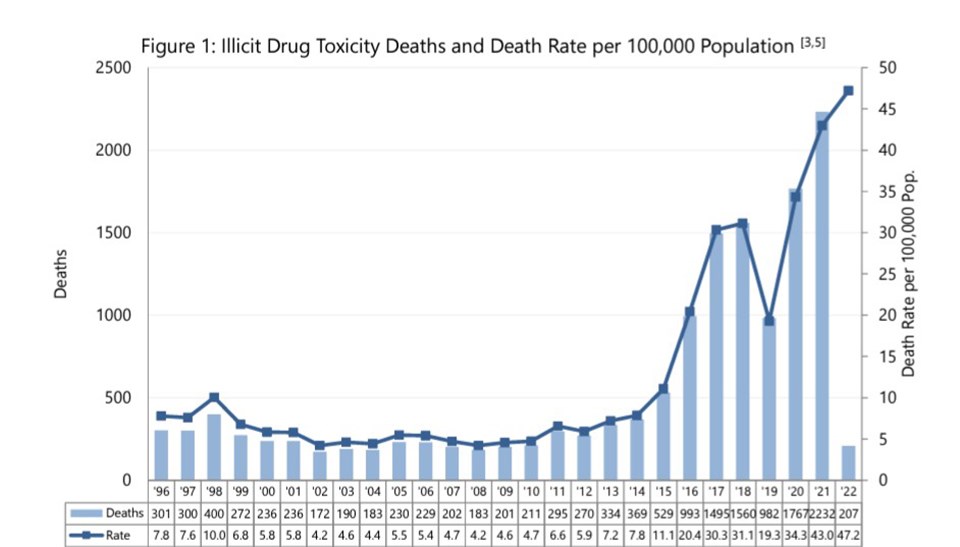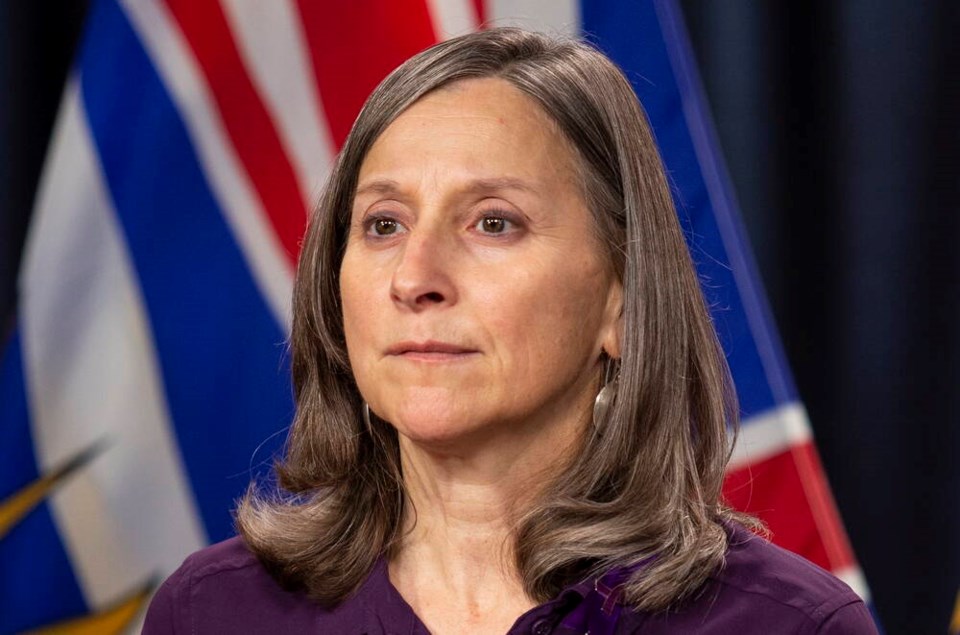New data released by the BC Coroners Service shows eight illicit drug toxicity deaths were recorded in Burnaby during the first month of 2022.
Data also showed 207 lives were lost province-wide in January, the fourth consecutive month with more than 200 or more suspected deaths.
"The new year has started with the loss of 207 more British Columbians to the toxic illicit drug supply in our province," chief coroner Lisa Lapointe said in a news release.
"I extend my heartfelt condolences to the many families grieving the loss of a loved one in communities large and small.
"As we near the six-year anniversary of the declaration of B.C.'s public health emergency into substance-related harms, it is clearer than ever that traditional approaches to substance use are hurting people and costing lives. I am hopeful that the recent recommendations made by the Coroners Service Drug Toxicity Death Review Panel will support the meaningful change underway in our province and an end to this tragic crisis."
The 207 deaths recorded in January equated to 6.7 deaths per day, the coroners service says.
The townships experiencing the highest number of illicit drug toxicity deaths so far this year are Vancouver, Surrey and Kamloops.
According to a news release, no deaths have been reported at supervised consumption sites or drug overdose prevention sites. There is also no indication that prescribed safe supply is contributing to illicit drug deaths.

"People in small and large communities across the province are losing their lives because of illicit drugs, which have become increasingly toxic since the start of the COVID-19 pandemic," Mental Health and Addictions Minister Sheila Malcolmson said in a news release.
"In the first months of 2020, fentanyl concentrations in illicit drug deaths were between 4% and 8%. By the end of 2021, this had increased to between 24% and 28% - a staggering increase. We have also seen a significant increase in benzodiazepines, the effects of which cannot be reversed by naloxone.
"One of the most important ways we can save lives is to separate people from the toxic drug supply. Last month, I stood with clinicians to share progress on our safer supply policy. B.C. is leading Canada with our prescribed safer supply program, and we are supporting health authorities with $22.6 million to implement this program.
"Earlier this week, the BC Coroners Service released the results of its third death review panel of illicit drug toxicity deaths. This report confirms that the work underway by our government is crucial to saving lives and ending the toxic drug crisis and that more work is needed."
By Health service delivery area, in 2022, the highest rates were in Thompson Cariboo, Northern Interior, Northeast, Vancouver and Fraser East.



